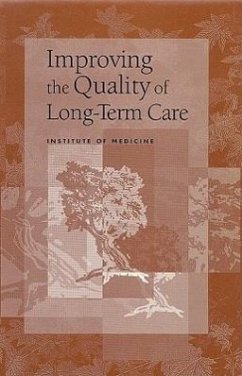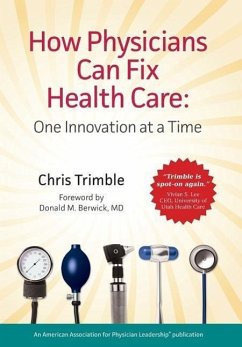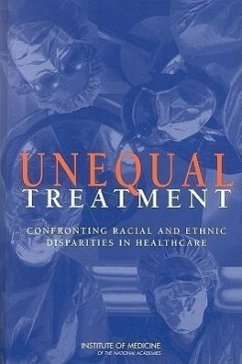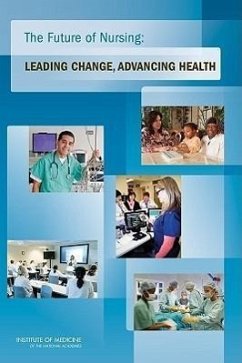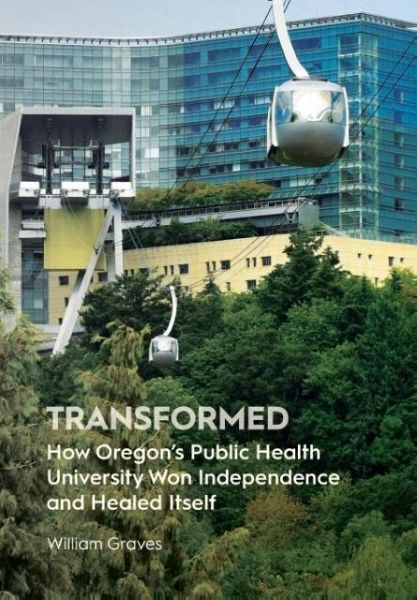
Transformed
How Oregon's Public Health University Won Independence and Healed Itself
Versandkostenfrei!
Versandfertig in über 4 Wochen
38,99 €
inkl. MwSt.
Weitere Ausgaben:

PAYBACK Punkte
19 °P sammeln!
Oregon Health & Science University seemed stuck in the backwaters of the nation's academic health centers when Dr. Peter Kohler became its president in 1988. Its hospital hemorrhaged money, served rusty water from its faucets, and sometimes forced women in its cramped maternity ward to deliver babies in hallways. Legislators proposed bills to close it. State support for the university was on the decline as was maintenance on its aging buildings. Roofs leaked, walls cracked, and researchers struggled in dark, ill-equipped labs. So Kohler and his young administrative team came up with a radical ...
Oregon Health & Science University seemed stuck in the backwaters of the nation's academic health centers when Dr. Peter Kohler became its president in 1988. Its hospital hemorrhaged money, served rusty water from its faucets, and sometimes forced women in its cramped maternity ward to deliver babies in hallways. Legislators proposed bills to close it. State support for the university was on the decline as was maintenance on its aging buildings. Roofs leaked, walls cracked, and researchers struggled in dark, ill-equipped labs. So Kohler and his young administrative team came up with a radical plan to help OHSU take control of its fate as a semi-independent public corporation. And they sold the plan to the Legislature and state leaders. Free from constraints of the state and its university system, the health center's creative and entrepreneurial power exploded. Over the next two decades, OHSU more than doubled its research, clinical and classroom space; tripled its employees; quadrupled its research grants; and expanded its operating budget five-fold, reaching the top echelon of the nation's medical research universities. This remarkable story offers a case study and possible model for other public universities and academic health centers now facing the same social and economic forces that drove OHSU to transform.




